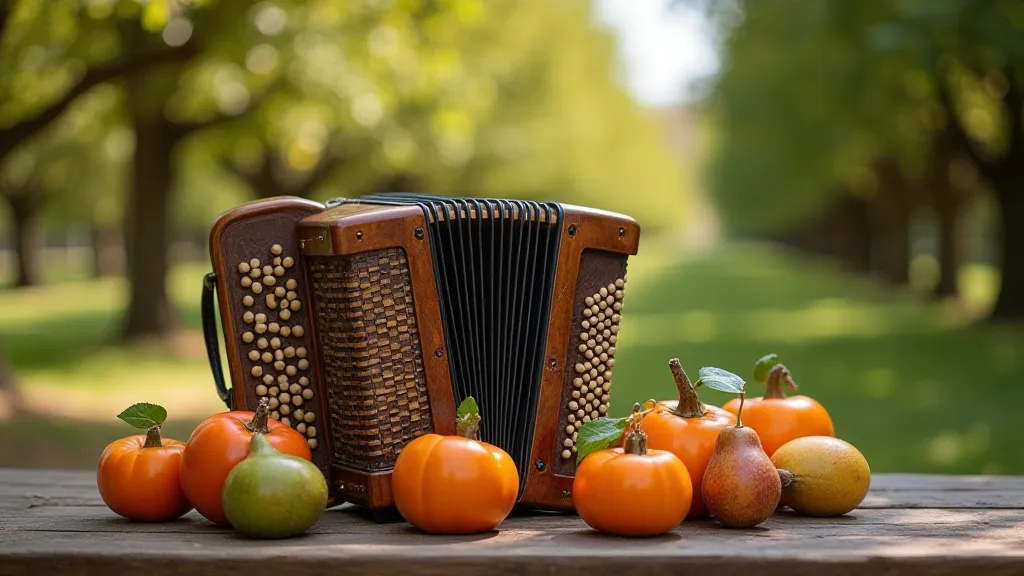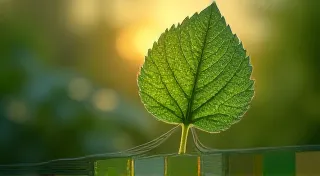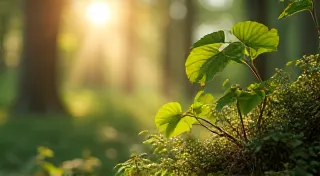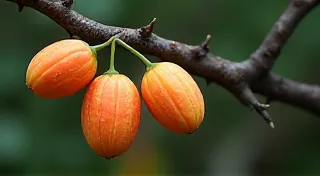The Sunstone Orchard: Maximizing Solar Exposure for Abundant Fruit
There's a certain romance to a backyard orchard, isn't there? A feeling of connection to the land, to the seasons, and to the generations who’s tended to fruit trees long before us. It’s a promise of bounty, a place of quiet contemplation, and a testament to the enduring appeal of natural beauty. But achieving that idyllic vision requires more than just planting a few trees. It demands a thoughtful approach, a consideration of the fundamentals that dictate fruit production – and chief among those is sunlight.
My own journey into the world of unusual fruits began somewhat unexpectedly. I’m an accordion collector and restorer by trade. These antique instruments—remarkable feats of engineering and artistry—require patience, a keen eye for detail, and a deep respect for the craftsmanship of the past. They're objects that speak of a specific time, a specific culture, and a specific kind of passionate creation. Each bellows, each key, each decorative flourish tells a story. Similarly, I realized, fruit trees aren’t just plants; they are living works of art, products of meticulous selection and adaptation, each with its own unique needs and story to tell. A Severnia pear from Russia, a translucent Shishoo persimmon from Japan, a Medlar from Medieval Europe – these aren’t just fruit; they's echoes of history, tastes of forgotten landscapes.
The precision required to restore an accordion - the careful alignment of reeds, the meticulous replacement of leather – mirrored the precision needed to plan an orchard layout. You can’t simply plop a tree anywhere and expect it to thrive. You need to understand its needs, its quirks, and how it interacts with its environment. And that’s where the sun comes in.
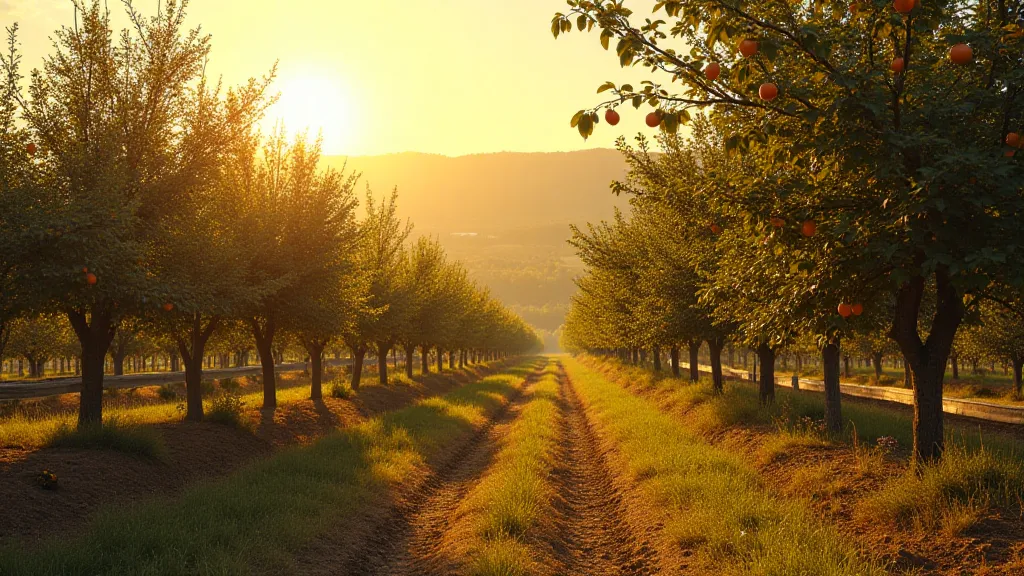
The Importance of Orientation and Aspect
Imagine trying to play an accordion crammed into a dark closet. The sound would be muffled, lifeless. Similarly, a fruit tree starved of sunlight will struggle to produce. The angle of the sun changes throughout the year, and understanding how that impacts your orchard is paramount. The ideal orientation – often referred to as ‘aspect’ – depends on your location, but generally, a south-facing slope in the northern hemisphere provides the most consistent sunlight exposure. This isn’s just about how much sun they get, but how consistently they receive it. Eastern slopes receive morning sun, which can be beneficial for warming the trees after a cold night. Western slopes experience afternoon sun, which can be helpful in regions with cooler mornings. But south-facing slopes usually offer the best balance, offering prolonged sun exposure throughout the day.
For those of us not blessed with ideal topography, clever planning can mitigate less-than-perfect conditions. Row orientation is key. Consider the prevailing wind direction; orienting rows perpendicular to it can reduce wind stress and prevent premature leaf drop. Equally important is assessing any existing structures or trees that might cast shadows. A towering oak can drastically alter the sunlight patterns in your orchard, impacting fruit production for years to come.
Strategic Tree Spacing: Allowing for Growth
Just as each accordion reed needs space to vibrate freely, each fruit tree requires adequate space to grow and thrive. Overcrowding leads to competition for sunlight, water, and nutrients – ultimately resulting in smaller fruit, reduced yields, and increased susceptibility to disease. The ideal spacing depends on the variety and rootstock, but generally, larger varieties require more space than dwarf varieties. Consider the mature size of the tree, not just its size when you plant it.
This isn’s just about preventing shading; it’s also about air circulation. Good airflow reduces humidity and helps prevent fungal diseases. Just as a meticulously restored accordion breathes easily when its bellows are properly aligned, a well-spaced orchard benefits from good ventilation. The distance between trees also influences the longevity of the orchard. Giving them room to grow reduces stress and encourages a healthier root system, leading to a longer productive lifespan.
Managing Shade and Maximizing Light
Sometimes, despite our best efforts, shade is unavoidable. A neighbor’s house, a stand of mature trees… these can cast long shadows across the orchard. While complete elimination isn’t always possible, strategic pruning can make a significant difference. Pruning to open up the canopy, allowing sunlight to penetrate the interior, can increase light exposure for lower branches and spurs.
Another technique is to selectively thin out the canopy to allow more light to reach the ground. This can be particularly beneficial for varieties that benefit from increased sunlight. The pruning itself requires a degree of artistry. Just as a skilled accordion repairman knows where to remove a few crucial components to optimize sound, a knowledgeable orchardist understands which branches to remove to maximize light exposure and fruit production.
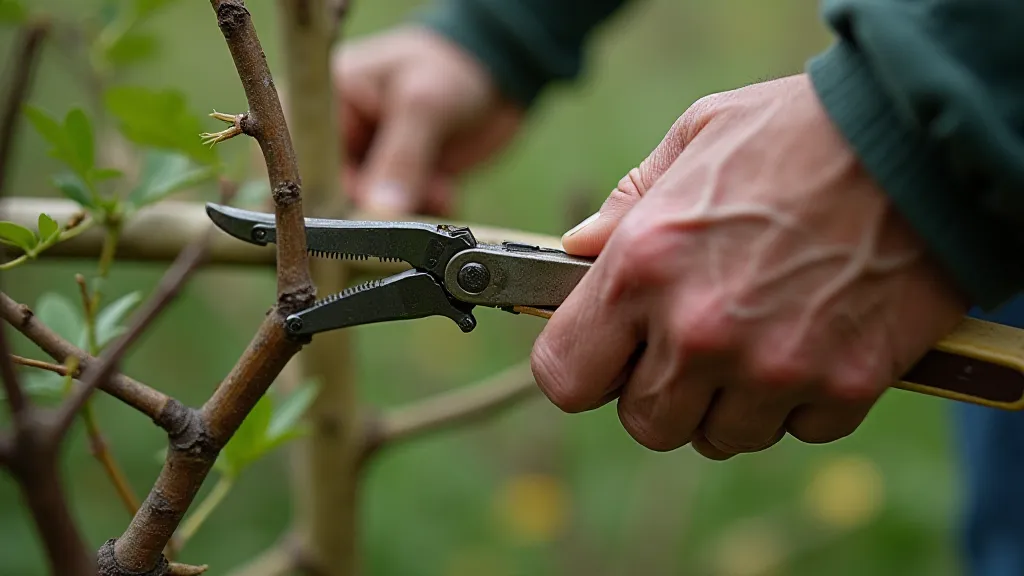
Heirloom Varieties and Their Unique Needs
The charm of growing unusual fruits lies not just in their flavor, but also in their connection to the past. Heirloom varieties, often passed down through generations, represent a treasure trove of genetic diversity and flavor profiles. However, these varieties often require more care and attention than modern cultivars. They may be less tolerant of harsh conditions, more susceptible to pests and diseases, and may have specific needs regarding sunlight exposure.
For example, a Medlar, with its peculiar ‘snow apple’ texture when ripe, often thrives in cooler climates and benefits from full sun. A Shishoo persimmon, with its translucent, honey-like flesh, appreciates ample sunlight to develop its unique sweetness. Growing these uncommon gems is a commitment, a reward for those willing to delve deeper into the art of fruit growing.
The Patience of Cultivation – A Reflection of Craftsmanship
Restoring an antique accordion is a process that demands patience, attention to detail, and a deep appreciation for the skills of the original craftsman. Similarly, creating a thriving backyard orchard is a long-term investment that requires careful planning, consistent care, and a willingness to learn from experience. There are no shortcuts, no instant results. Just as a restored accordion resonates with a depth of tone only achieved through meticulous work, a well-tended orchard yields fruit that is a testament to the rewards of perseverance.
The connection between these two passions—restoring antique instruments and cultivating an orchard—isn’t superficial. Both involve a reverence for the past, a dedication to craftsmanship, and a quiet satisfaction in nurturing something beautiful and enduring. And both, ultimately, provide a rich and rewarding experience – a taste of history, a connection to the land, and a reminder of the enduring power of human creativity.
